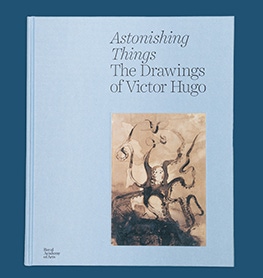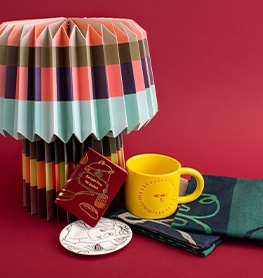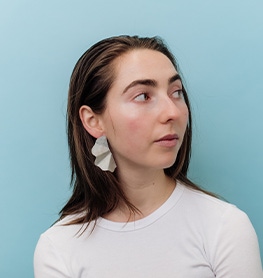Renaissance Nude Hardback
This hardback book accompanies the Royal Academy's extraordinary Renaissance Nude exhibition. From the sensual to the ascetic, the lyrical to the magical – or frankly bizarre – encompassing men and women, infancy, youth, and old age, the Renaissance nude offered artists a profound and compellingly modern means to explore what it is to be human.
More details
| Material | Hardback |
|---|---|
| Dimensions | 28.58 x 4.32 x 20.32cm |
| EAN/ISBN | 9781912520008 |
| SKU | 02088178 |
Delivery & Returns
UK Delivery
Enjoy free shipping on all UK orders above £50. For orders below £50, shipping is £4.95. We aim to deliver your order within 3-5 working days.
International Delivery
Shipping costs will be calculated at checkout, based on weight and destination.
For all orders outside the UK, VAT is deducted from your order at checkout. Your order may be subject to customs duties, taxes and courier charges. You are responsible for paying these charges. Please check with your local customs office for more information.
Temporary Suspension of Shipping to EU, EEA and Northern Ireland
We have temporarily halted shipping to EU, EEA and Northern Ireland due to the new GPSR regulations which came into effect on December 13, 2024. We are actively working on a solution to resume shipping to these regions as soon as possible. We sincerely apologise for any inconvenience this may cause.
For more information please refer to our Delivery Info and Returns & Refunds pages.
Product story
Reflecting an era when Europe looked to both the classical past and a more global future, The Renaissance Nude explores the many traditions of the nude in Europe between 1400 and 1530. Its more than 250 images demonstrate that artists created myriad different types of nudes rather than adhering to a single norm. Paintings, sculpture, medals, prints, drawings, illuminated manuscripts and book illustrations met the demand for images serving widely divergent ends, from pictures meant for private devotion to tributes in mythological guise that extolled a patron’s noble character and virility to witty, moralising commentary on the human weakness for the opposite sex.
This volume presents the most original masters of the nude, including Dieric Bouts, Albrecht Dürer and Jan Gossart in the north and Donatello, Raphael and Giorgione in the south, as well as other, lesser known interpreters. Sixteen renowned scholars have contributed essays followed by shorter texts on individual objects.
Thomas Kren is Senior Curator Emeritus at the J. Paul Getty Museum, Los Angeles; Jill Burke is Senior Lecturer in History of Art at the University of Edinburgh; and Stephen J. Campbell is Henry and Elizabeth Wiesenfeld Professor in the Department of the History of Art at the Johns Hopkins University, Baltimore.












